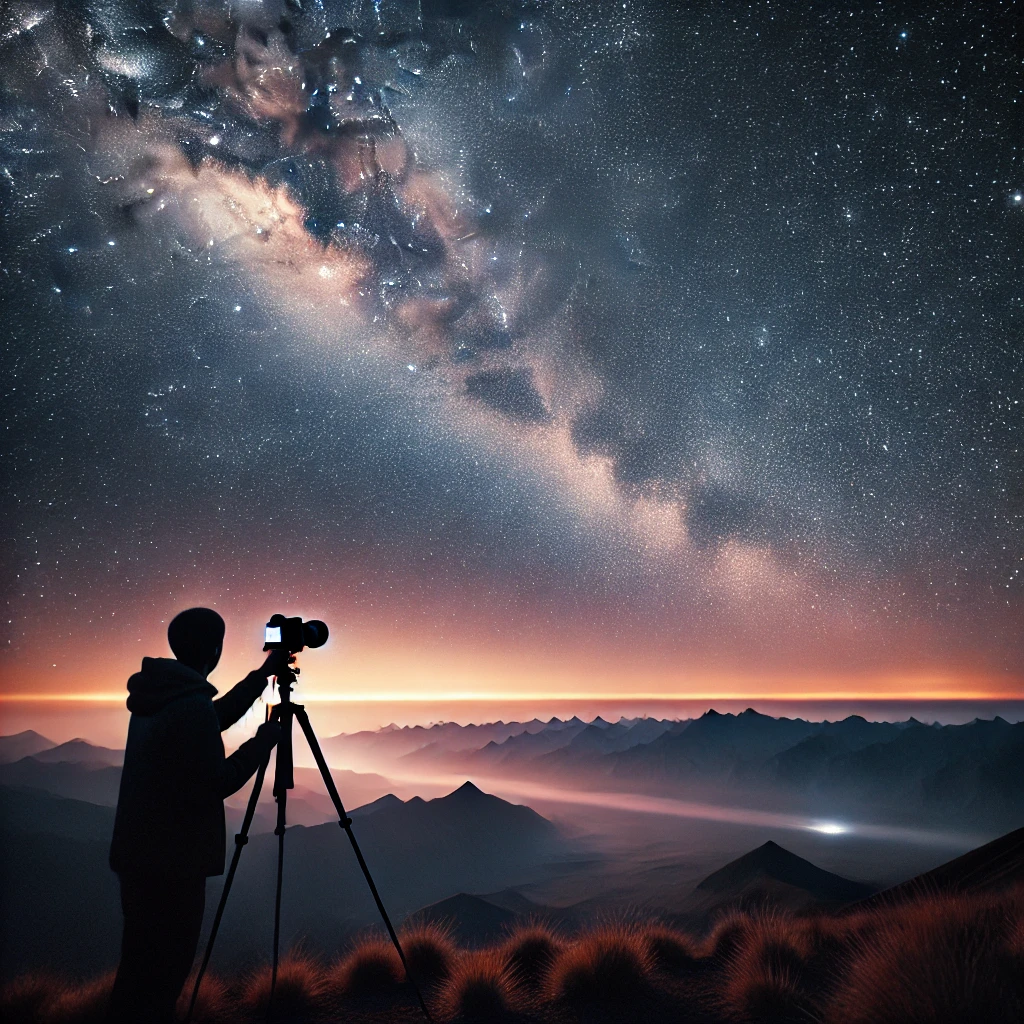Astrophotography is an exciting way to explore the night sky, turning celestial wonders into breathtaking images. Whether you’re a space enthusiast or a photography lover, capturing the stars can be an unforgettable experience. This guide will help beginners get started with astrophotography, covering essential equipment, techniques, and tips.
Why Astrophotography is a Must-Try Hobby
Astrophotography blends creativity and science, allowing you to document the beauty of the universe in a way that’s both artistic and technical. Here’s why it’s worth exploring:
1. Discover Hidden Celestial Beauty
The camera reveals details invisible to the naked eye, from glowing nebulae to distant galaxies.
2. Accessible for Beginners
With modern technology, you don’t need an expensive telescope to start—just a camera, a tripod, and a bit of patience.
3. Deepens Your Understanding of Space
By photographing constellations, planets, and meteor showers, you’ll naturally learn more about astronomy.
4. A Rewarding Challenge
Mastering long exposures, focusing in the dark, and composing shots make astrophotography a satisfying creative pursuit.
Essential Equipment for Stunning Night Sky Photography
- A DSLR or mirrorless camera with manual settings.
- A sturdy tripod for stability during long exposures.
- A wide-angle lens for capturing expansive celestial scenes.
- A star tracker (optional) for reducing star trails in long exposures.
Beginner-Friendly Astrophotography Techniques
1. Find a Dark-Sky Location
Light pollution affects clarity, so head to a remote area or use apps like Light Pollution Map to find dark-sky zones.
2. Use the Right Camera Settings
- Aperture: Use a low f-stop (f/2.8–f/4) to capture more light.
- ISO: Start between 800–3200 and adjust based on brightness.
- Shutter Speed: 10–30 seconds to prevent star trails (unless using a tracker).
3. Focus Manually for Sharper Stars
Autofocus struggles in low light, so switch to manual focus and fine-tune using live view mode.
4. Experiment with Foreground Elements
Incorporate mountains, trees, or buildings to add depth and creativity to your astrophotography.
Final Thoughts
Astrophotography is a captivating way to explore the night sky. With the right techniques and a bit of patience, you’ll soon be capturing stunning images of the cosmos. So grab your camera, head to a dark spot, and start shooting the stars!
